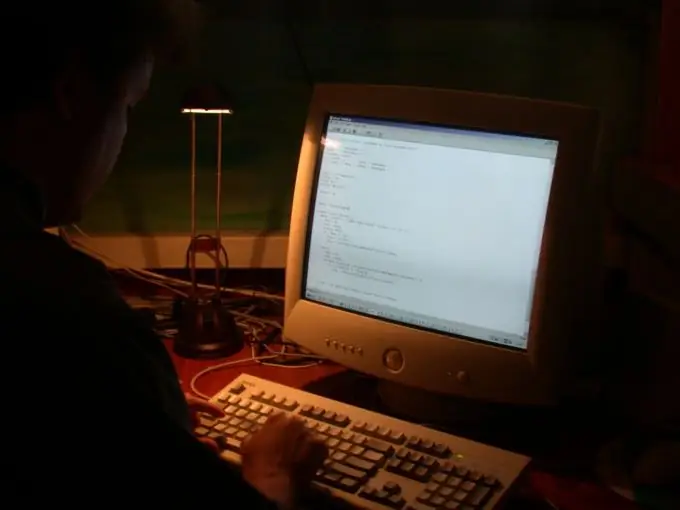Nowadays, you can find computer programs for almost all occasions. But there are situations when the required program could not be found, or your requests are so specific that such a program simply does not exist. You can order the program from an experienced programmer. Or you can try to write it yourself.

Necessary
Programming environment: Borland C ++ Builder, Borland Delphi or Microsoft Visual Studio
Instructions
Step 1
To write a program, you need a programming environment - that is, a program in which you will type the code for your program. There are many programming environments for different languages, we recommend choosing one of three: Borland C ++ Builder, Borland Delphi or Microsoft Visual Studio. The latter can be considered the most "advanced", but it is more difficult to master the first two.
Step 2
Regardless of which programming environment you choose, the principles of writing programs will still be about the same. First, carefully think over the algorithm of the future program - that is, what, how and in what sequence it should do it. Based on this, think over its interface - what windows, buttons, and other elements should be in it. And do not forget that a well-written "terms of reference" by two-thirds determines the success of all subsequent work.
Step 3
Let's start programming. Let's say you have chosen the Borland C ++ Builder programming environment. You open the program, in front of you is an empty "form". That is, the preparation of the future program. Drag the necessary elements onto it from the palette of components - buttons, windows, insert the necessary labels, etc. All this can be moved in shape, positioned as needed, elements resized … At this stage, you define the appearance of your future program.
Step 4
The program interface is ready. We pass directly to "coding" - that is, we begin to write the code that determines the performance of the program. If you double-click on any element of the form, the corresponding section of the code will open. For example, if you clicked twice on a button, a section of code that determines the operation of this button will open. But while it is empty, you need to enter a line of code into it that determines what and how should happen when the button is pressed. This means that at this stage you will have to immerse yourself in the study of programming, in our case - in the C ++ language.
Step 5
After writing the program, the stage of its debugging begins. This means that you will not only have to look for possible errors in its operation, but also "torture" the program in all possible ways. This is necessary in order for the program to be resistant to any user actions. Be sure to check how it will look on screens with different resolutions and aspect ratios. Pay attention to the possibility of running multiple copies of the program - if this is unacceptable, you must enter the corresponding lines of code into the program.
Step 6
Programming cannot be learned in one day or even in a week. Therefore, start your study of this art with the simplest examples - for example, with the creation of a text editor or media player. Repeating ready-made solutions step by step, you will comprehend the basics of programming and will be able to create your own programs.






